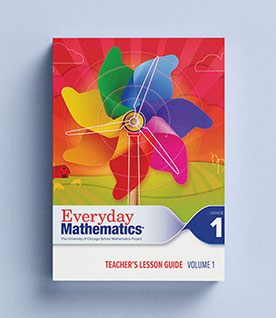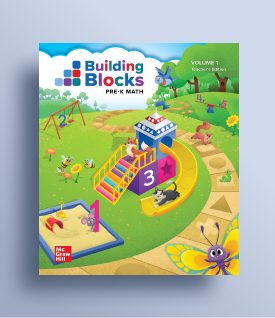Unit 1: Introduction to Accounting
- Chapter 1: You and the World of Accounting
- Chapter 2: The World of Business and Accounting
Unit 2: The Basic Accounting Cycle
- Chapter 3: Business Transactions and the Accounting Equation
- Chapter 4: Transactions that Affect Assets, Liabilities, and Owner's Capital
- Chapter 5: Transactions that Affect Revenue, Expenses, and Withdrawals
- Chapter 6: Recording Transactions in a General Journal
- Chapter 7: Posting Journal Entries to General Ledger Accounts
- Chapter 8: The Six-column Work Sheet
- Chapter 9: Financial Statements for a Sole Proprietorship
- Chapter 10: Completing the Accounting Cycle for a Sole Proprietorship
- Chapter 11: Cash Controls and Banking Activities
Unit 3: Accounting for a Payroll System
- Chapter 12: Payroll Accounting
- Chapter 13: Payroll Liabilities and Tax Records
Unit 4: The Accounting Cycle for a Merchandising Corporation
- Chapter 14: Accounting for Sales and Cash Receipts
- Chapter 15: Accounting for Purchases and Cash Payments
- Chapter 16: Special Journals: Sales and Cash Receipts
- Chapter 17: Special Journals: Purchases and Cash Payments
- Chapter 18: Adjustments and the Ten-Column Work Sheet
- Chapter 19: Financial Statements for a Corporation
- Chapter 20: Completing the Accounting Cycle for a Merchandising Corporation
- Chapter 21: Accounting for Publicly Held Corporations
Unit 5: Accounting for Special Procedures
- Chapter 22: Cash Funds
- Chapter 23: Plant Assets and Depreciation
- Chapter 24: Uncollectible Accounts Receivable
- Chapter 25: Inventories
- Chapter 26: Notes Payable and Receivable
Unit 6: Additional Accounting Topics
- Chapter 27: Introduction to Partnerships
- Chapter 28: Financial Statements and Liquidation of a Partnership
- Chapter 29: Ethics in Accounting
















































Social Studies
View all Social Studies Programs
IMPACT (K–5)
Actively Learn (3–12)
New Social Studies (6–12)
Networks (6–12)